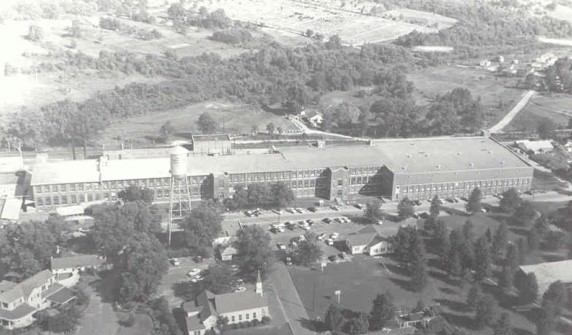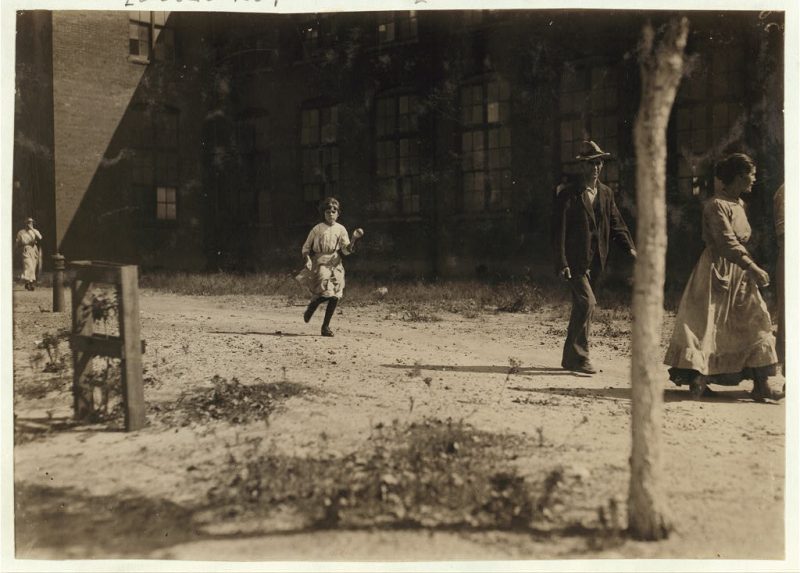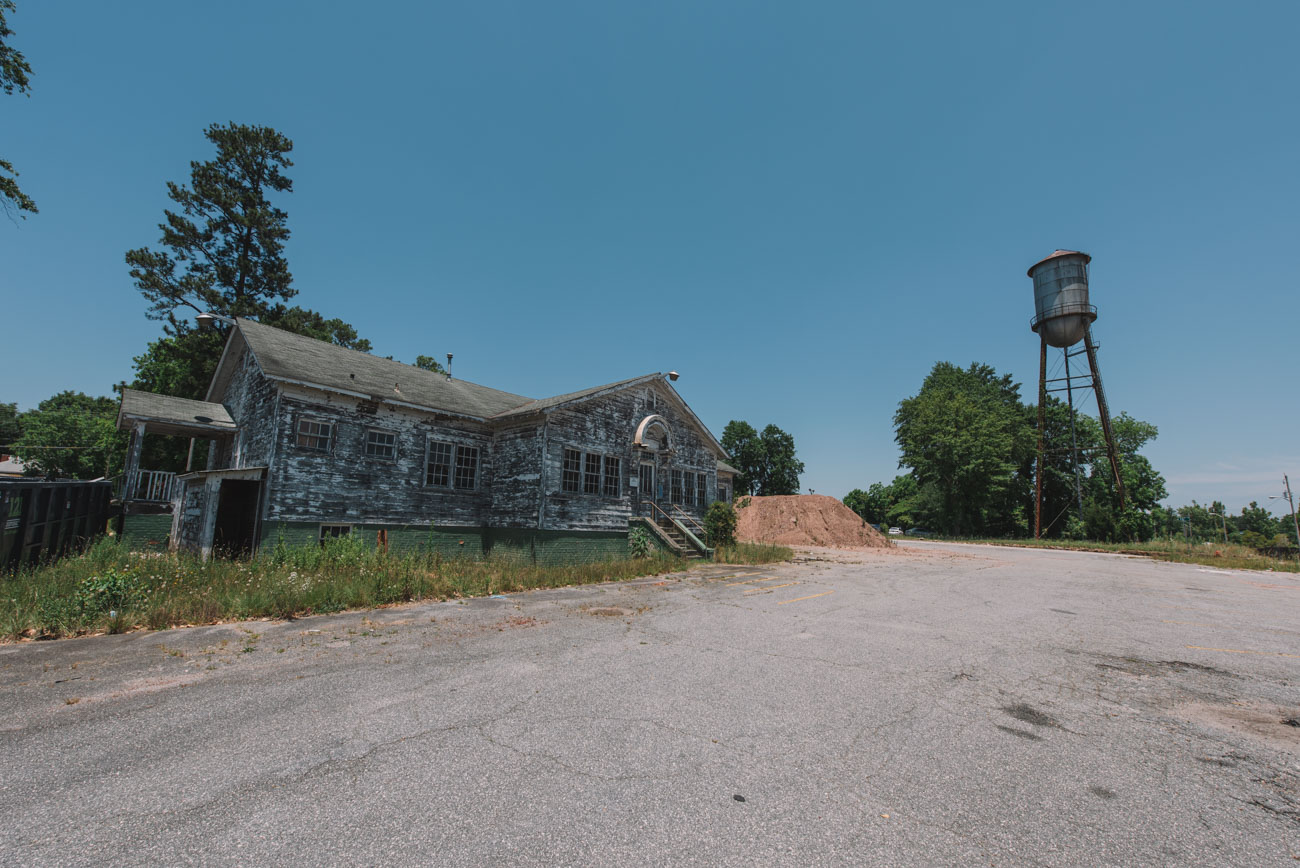| City/Town: • Opelika |
| Location Class: • Industrial |
| Built: • 1901 | Abandoned: • 2004 |
| Status: • Burned Down • Demolished |
| Photojournalist: • David Bulit |

The community of Lebanon was established in the late-1830s. After the passing of the Indian Removal Act in 1830, the native Muscogee Creek peoples were forcibly removed in 1836, and the area became known as “Opelika”. The name is derived from the Muskogee language meaning “large swamp”. in 1848, the Montgomery and West Point Railroad Company extended a rail line through Opelika from Montgomery to West Point, Georgia which in turn, connected to Atlanta. The line rapidly became one of the primary trade lines for shipments of raw cotton from Southern plantations to the North. Another connection would be constructed to Columbus, Georgia in 1855, and another connection to Birmingham in 1869. It wasn’t long before Opelika became a regional hub for commerce.
As a result of this rapid growth, many warehouses for storing cotton and other goods were built. During the Civil War, these warehouses were converted to Confederate supply depots. Opelika was attacked twice in 1864 and 1865 by Union troops commanded by Lovell H. Rousseau and James H. Wilson. Railroads were burned and destroyed along with Opelika’s warehouses. After the war, Opelika was officially incorporated in 1870, and the rapid growth the town experienced before the war resumed.
By the 1880s, Opelika had the potential to be an attractive site for a textile factory cotton was the dominant crop in the surrounding area and two rail lines converged in the town which linked to the river ports in Columbus and Montgomery. Unfortunately, the town was in turmoil during this period which kept investors from wanting to do business there. Downtown was full of saloons catering mainly to railroad workers. Gunfire in the streets by intoxicated patrons was such a regular occasion that passengers would duck beneath the windows when trains passed through town. 1882, two factions fought to gain control of the city government, one known as the “Barroom” headed by F.M. Dunbar, a saloon-keeper and current Mayor, and another known as the “Citizens. A riot broke out late that year leaving a few dead and a dozen wounded. After losing the election, Mayor Dunbar refused to step down resulting in continued violence and the deployment of the militia to restore order.
In 1900, finding no one willing to invest in the tumultuous railroad town, local investors founded the Opelika Manufacturing Company to build and operate as the Opelika Cotton Mill, the first textile plant in the city. The original facility began operating on March 1, 1901, and initially employed 125 workers. In 1902, a school building was built to educate the children of the mill workers which was later used as the personnel office.

The movie “Norma Rae” was filmed at the mill and surrounding area in 1978. The movie was released in 1979 starring Sally Field in the titular role. The movie revolves around a female textile worker employed in a factory with intolerable working conditions and her fight to unionize her mill. The story was based Crystal Lee Sutton’s life as a textile worker in Roanoke Rapids, North Carolina, and her fight to unionize the workers of the J. P. Stevens Textile mill. The Opelika Cotton Mill had itself unionized only a few years prior to the filming.
The Opelika Manufacturing Company filed for bankruptcy in 1985, and the mill was sold to the Leshner Corporation which modernized the facility. In 1998, Leshner was bought up by Pillowtex Corporation, a pillow manufacturer which had expanded its range of products to include blankets, mattress pads, and comforters. While Pillowtex was an industry leader at the time of the acquisition, it was also suffering financially. Sales began declining that same year due to overseas competition. By the end of 1999, the company’s share price had dropped from $46 to $11 and had long-term debt amounting to $1.01 billion. In November 2000, Pillowtex filed for Chapter 11 bankruptcy. They briefly resurfaced from bankruptcy in May 2002, but sales and earnings continued to decline. On July 30, 2003, Pillowtex announced the complete bankruptcy of the company. Overnight, 7,650 people were laid off which included 640 employees from the Opelika mill. All of Pillowtex’s company assets, including machinery and brands, were sold to various liquidation companies. The Opelika mill was completely abandoned in 2004.
The mill sat dormant until 2011 when it was purchased by Darryl Saucier, owner of Elmore County-based Saucier Investments LLC, who also acquired the old Pepperell Mill that same year. Demolition immediately began on the mill and was expected to take two years with plans to resell the property afterward. Five years later, the buildings were yet to be demolished. On November 15, 2016, a fire broke out at the mill effectively destroying the portions of the facility that weren’t yet demolished. All that remains is the old schoolhouse/personnel office and the water tower.




